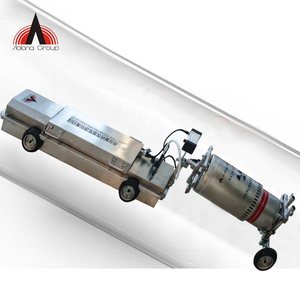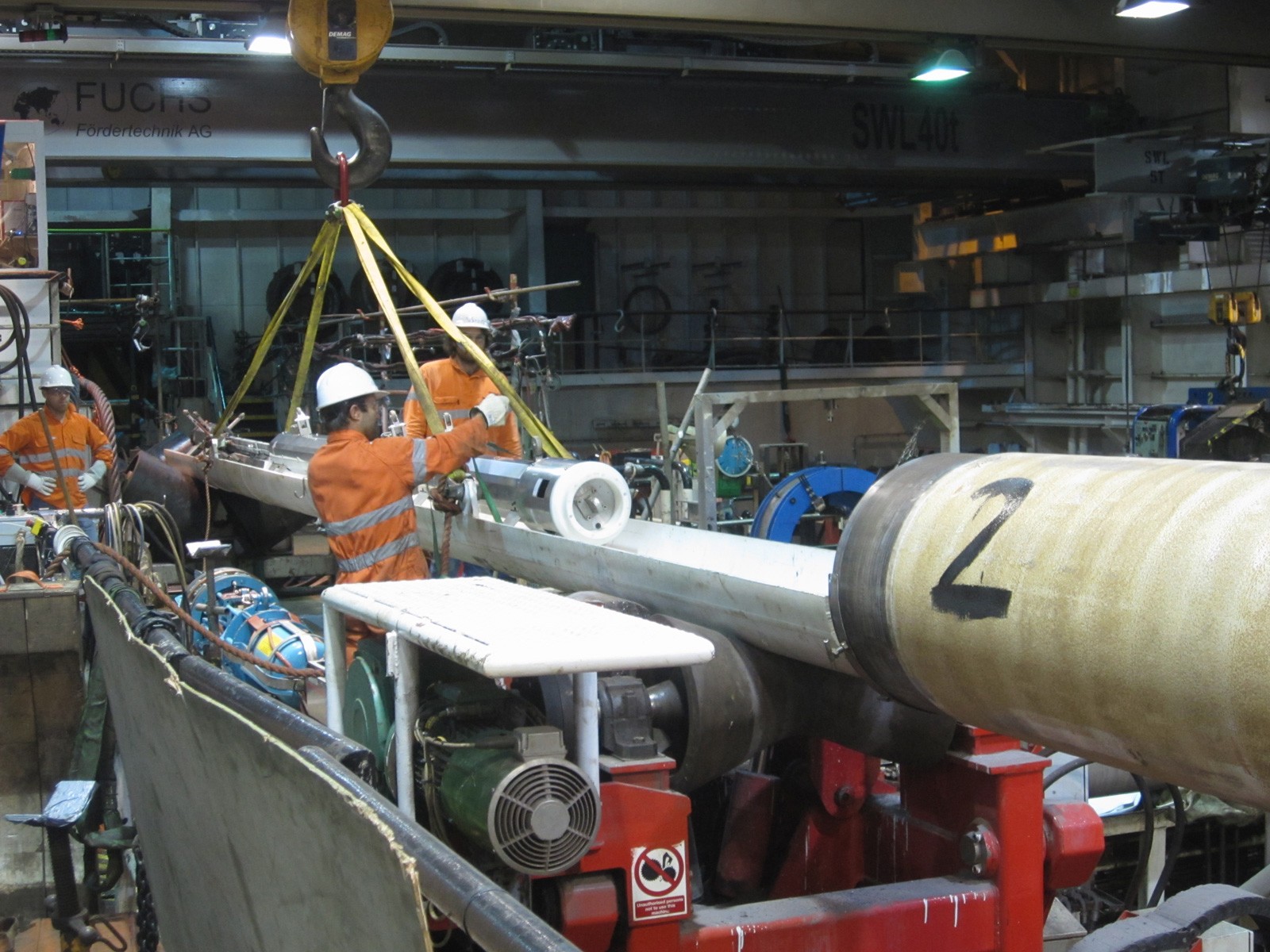Comprehensive Overview to Pipeline Welding Assessment: Ensuring Integrity and Security in Pipe Building and Upkeep
The stability and safety of pipelines are paramount in today's infrastructure landscape, underscoring the critical duty of welding assessment in pipeline building and upkeep. Pipeline Welding Inspection. The intricacies included in welding assessment raise relevant questions concerning market standards and the evolving modern technologies that might redefine these methods.

Significance of Welding Inspection
Welding examination plays an essential function in making sure the integrity and safety and security of pipe systems. It functions as an essential process that confirms the top quality and integrity of welded joints, which are frequently one of the most at risk points in pipe construction. Via organized assessment, inspectors can determine potential problems such as splits, porosity, and incomplete combination, which might compromise the structural stability of the pipe.
The significance of welding examination extends beyond mere compliance with market criteria; it also safeguards public health and wellness and the setting. If failures happen, pipelines bring dangerous products position significant dangers. Efficient examination procedures help stop ruptures and leaks, alleviating ecological damage and shielding communities. In addition, extensive inspections can improve the long life of pipeline systems, decreasing the requirement for pricey repair work and downtime.
Along with making certain safety and security and compliance, welding evaluation fosters a society of quality control within organizations. By focusing on assessment throughout the welding process, companies can construct a reputation for integrity and excellence, ultimately leading to raised client confidence and company opportunities (Pipeline Welding Inspection). Hence, the relevance of welding inspection can not be overemphasized in the context of pipe building and construction and maintenance
Trick Welding Procedures
Numerous welding processes are employed in pipe building and construction, each with its own advantages and applications. Among the most extensively used techniques are Shielded Metal Arc Welding (SMAW), Gas Tungsten Arc Welding (GTAW), and Gas Metal Arc Welding (GMAW) SMAW is preferred for its versatility and capability to perform well in different ecological problems, making it ideal for area applications.
GTAW, often referred to as Tungsten Inert Gas (TIG) welding, is recognized for its ability to produce premium welds with superb control over warm input, making it ideal for thin-walled pipelines and stainless-steel products. GMAW, or Metal Inert Gas (MIG) welding, offers high deposition rates and is effective for large-scale tasks, usually utilized in the construction of pipelines in regulated atmospheres.
Furthermore, Submerged Arc Welding (SAW) is made use of for its deep infiltration and high productivity, specifically in the building and construction of large-diameter pipelines. Each of these processes contributes to the overall integrity and safety and security of pipe building and constructions, making it possible for welders to select the most suitable method based on material kind, job demands, and environmental conditions. Comprehending these crucial welding processes is essential for reliable pipeline welding evaluation.
Common Defects and Their Influence

Porosity, identified by small gas pockets entraped within the weld, weakens the material and can cause leaks. Splits, which might happen as a result of thermal stress and anxieties or improper cooling, can circulate and result in structural failing under stress. Undercutting, where the base metal is deteriorated along the weld grain, decreases the effective cross-section of the pipe, boosting the risk of crack.
Insufficient fusion occurs when the weld steel does not appropriately bond with the base metal, resulting in weak areas that might fall short under stress and anxiety. Slag incorporation, the entrapment of non-metallic product within the weld, can likewise compromise the joint's integrity. Recognizing and resolving these problems early in the building and construction procedure is important to ensuring the long-lasting reliability and safety and security of pipeline systems, therefore securing both the facilities and the environment.
Examination Methods and Tools

Visual inspection is the initial line of protection, allowing assessors to determine surface area irregularities, imbalance, or other noticeable problems. Ultrasonic screening utilizes high-frequency acoustic waves to discover internal imperfections, supplying accurate deepness measurements and identifying problems without harming the weld. Radiographic testing utilizes X-rays or gamma rays to generate pictures of the weld, enabling the recognition of internal gaps, fractures, or inclusions.
Magnetic bit testing is specifically efficient for finding surface area and near-surface gaps in ferromagnetic materials. This strategy includes applying a magnetic area and fine iron bits to the weld, revealing issues with the accumulation of fragments at defect websites.
Along with these strategies, specialized tools such as automated ultrasonic testing tools and digital radiography systems improve inspection accuracy and performance, guaranteeing a comprehensive visit examination of pipeline welds during building and construction and maintenance.
Ideal Practices for Conformity
Abiding by ideal practices for conformity in pipe welding inspection is important for guaranteeing the integrity and safety of the facilities. Organizations has to establish a comprehensive high quality monitoring system that straightens with industry requirements such as ASME, API, and AWS. This consists of establishing detailed welding procedures that specify the certifications, materials, and techniques required for welders.
Routine training and accreditation of evaluation personnel are necessary to preserve high competency degrees. Assessors must know with various non-destructive screening (NDT) techniques, including ultrasonic screening, radiographic screening, and visual evaluation, to effectively recognize prospective problems.
Documents plays a crucial function in compliance; keeping precise records of examinations, weld treatments, and personnel qualifications aids to make sure traceability and accountability. Set up audits and evaluations of welding practices need to be carried out to determine areas for improvement and make certain adherence to developed procedures.

Conclusion
In final thought, the execution of extensive welding examination procedures is paramount for making sure the integrity and security of pipeline building and upkeep. Continuous enhancement in inspection procedures will contribute to the long life and reliability of pipe systems, emphasizing the vital duty of welding evaluation in the sector.
The integrity and security of pipes are paramount visit our website in today's framework landscape, underscoring the important role of welding examination in pipeline building and upkeep. Understanding these crucial welding processes is crucial for efficient pipe welding evaluation.
Adhering to best techniques for compliance in pipe welding inspection is essential for making sure the honesty and safety of the infrastructure.In verdict, the implementation of extensive welding inspection procedures is paramount for guaranteeing the honesty and safety and security of pipeline building and upkeep. Continuous improvement in evaluation procedures will certainly add to the long life and reliability of pipeline systems, highlighting the vital function of welding assessment in the market.